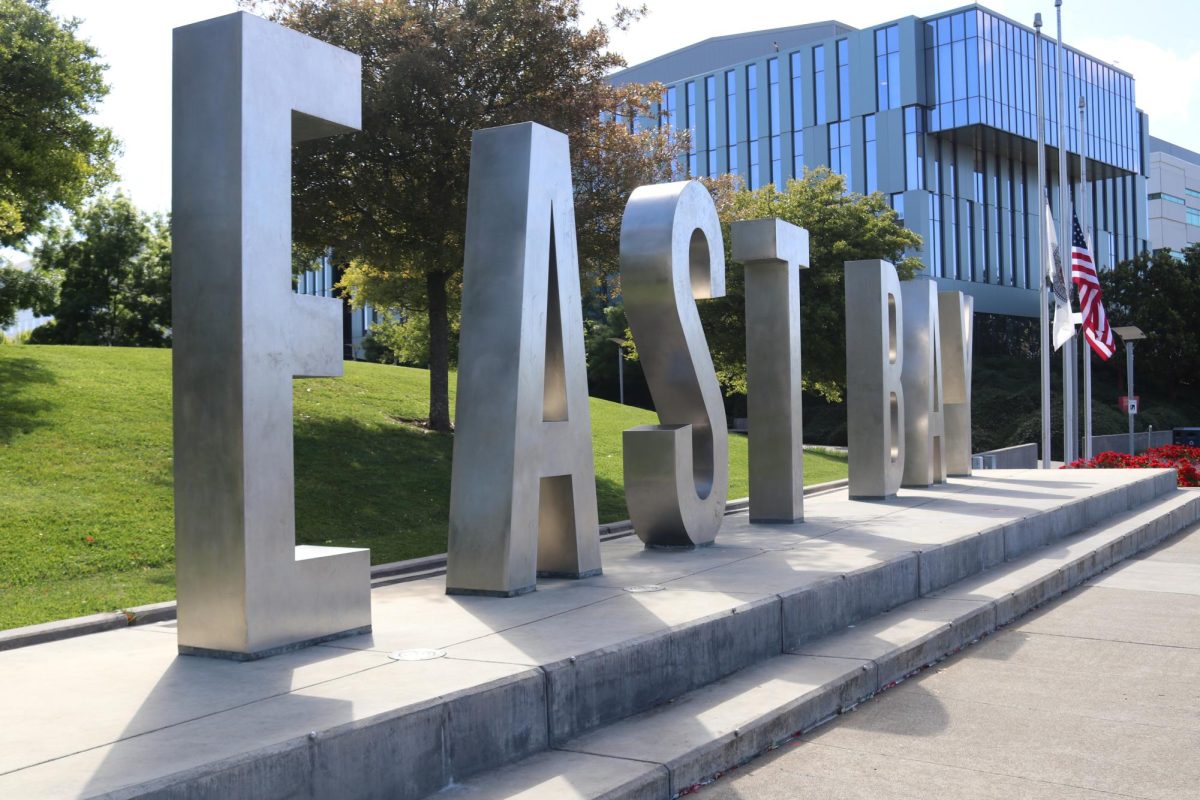Student debt in the United States has tripled between 2004 and 2012 reaching an alarming 1.1 trillion dollars; and on July 1st student loan rates are expected to double.
According to the New York Federal Reserve Bank, student loans have exceeded other consumer debts, surpassing auto loans and credit cards to become the second largest source of debt in the nation.
“There’s too much student debt, it’s a real burden on people’s future, lives and career choices so we need to try and make major changes in student loans and scholarship programs,” said California State Treasurer Bill Lockyer.
Coincidentally, federally subsidized student loan interest rates are expected to double from 3.4 percent to 6.8 percent in July. While some representatives in Congress are campaigning for a halt on the rate increase, Rep. Karen Bass of Culver City, 37th District, is spearheading for reform and asking Congress to be fair and reasonable with the policies regarding student loan costs.
According to Bass, the increase in the costs of going to college could possibly discourage people from pursuing a higher education.
“This would be harmful to our long-term economic growth because a majority of new jobs in the next decade will require a college degree,” said Bass.
The average student debt balance is approximately $27,000, states the Federal Reserve Bank of New York.
“I can’t talk about it anymore, the loans, the student loans that I incurred at school. I could just cry right now,” said Tammy Jimenez, a graduate of San Francisco State University.
Jimenez, along with the Department of Education’s reported 39 million student loan borrowers, went to school to pursue an education with the promise of getting a good job. In 2010, Jimenez got a BA in Communications and a bill for $20,000 in student loans. Jimenez is now waiting tables at an eatery in San Francisco to make ends meet while she continues to find a job in her field of study.
“Peoples careers are impacted by starting life with that kind of debt,” said State Treasurer Bill Lockyer.
In a recent study from the Consumer Financial Protection Bureau, the impact of student debt could deter borrowers from taking on additional financial obligations like buying a car, a house or becoming a small business owner. The report suggests this trend will affect the broader economy.
Generally, going to college to pursue a higher education indicates a higher paying job as undergraduates make 30 percent more financially than those without a college degree, records a report by the United States Department of Labor. Furthermore, graduates with a Master’s degree make 45 percent more compared to a non-graduate.
Relatively, those with college degrees and better salaries also had higher chances of owning a home. However, studies are beginning to show a reverse effect. According to a report from the Federal Bank of New York, ten years ago, thirty-year-olds with student loans were more likely to have a home loan.
Since the recent recession, the reports show a reverse in homeownership trends. In 2012, thirty-year-olds with no history of student debt have a slightly higher percentage of home mortgages.
“If we allow these trends to go forward, it will continue to slow economic growth,” said Rep. Bass.
Treasury Department’s Office of Financial Research has identified student debt as a potential threat to financial stability, warning that excess debt could depress demand for home mortgages and dampen consumption.
In 2010, The Interest Rate Reduction Act and The Stop the Student Loan Interest Rate Hike Act of 2012 both successfully kept interest rates at 3.4 percent until June 1, 2013. On July 1, the law expires and rates will revert to the increased 6.8 percent.
Bass is campaigning for the rates to be capped at 3.4 percent for another two years. She says this will give Congress time to develop more comprehensive solutions to address college affordability such as rising tuition rates and expanding access to Pell Grants for low and moderate-income families. Pell Grants offers students financial assistance that does not require repayment.
“Congress should fix rates for borrowers and work to give students the same deal we give to the big banks who wrecked our economy in the first place but are still allowed to borrow at less than 1 percent,” said Bass.
Rep. Karen Bass created the Student Loan Fairness Act, not only to keep rates low, but also offer an affordable repayment program. The plan proposes a 10-year timeline with payments that are equal to 10 percent of borrower’s discretionary income, after 10 years the loan would be forgiven. Additionally, the bill seeks to provide relief for borrowers that incur financial difficulties.
On May 31, President Obama spoke about student loan rates in the Whitehouse Rose Garden with students surrounding him in the background. In his speech he urged Congress to work on a solution.
A proposal for student loan rate and subsidizing reform is expected in the last weeks of June. In the meantime, California tries to find alternative funding solutions for college for students at the state level.
State Treasurer Bill Lockyer said there is already an agreement to prevent further tuition increases at California state colleges and universities. Lockyer, also sponsors Scholarshare, which is a tax-free savings investment fund managed by the state. Moreover, there are state politicians like Speaker of the Assembly, John Perez who are proposing new scholarship programs for the middle class that does not qualify for many subsidies.

















